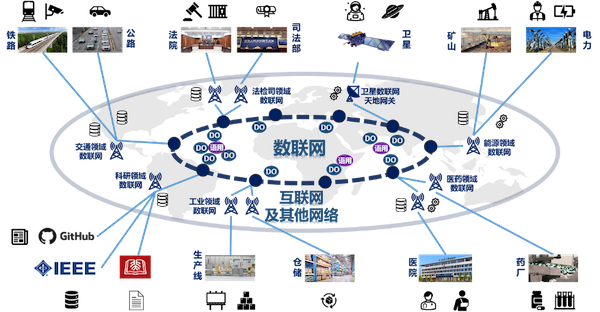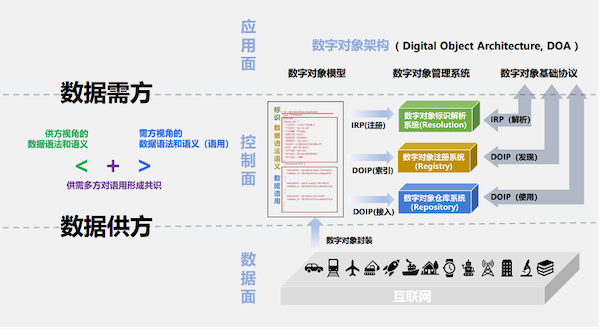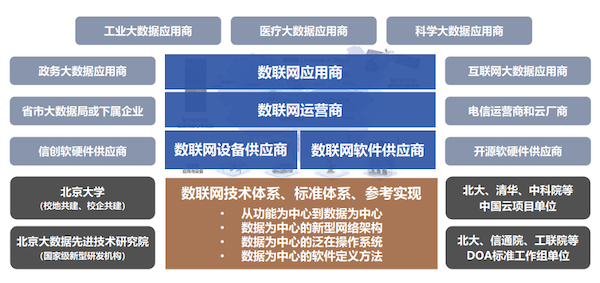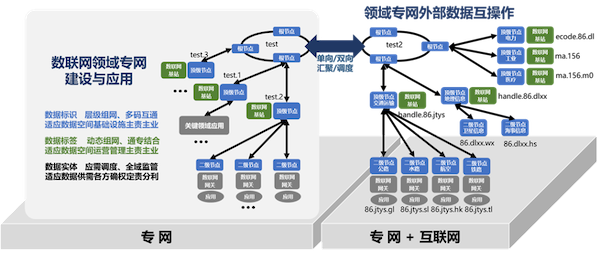
- Home
- Media Center
-
Events
- Wuzhen Summit
- Regional Forums
- Practice Cases of Jointly Building a Community with a Shared Future in Cyberspace
- World Internet Conference Awards for Pioneering Science and Technology
- The Light of Internet Expo
- Straight to Wuzhen Competition
- Global Youth Leadership Program
- WIC Distinguished Contribution Award
- Membership
- Research & Cooperation
- Digital Academy
-
Reports
- Collection of cases on Jointly Building a Community with a Shared Future in Cyberspace
- Collection of Shortlisted Achievements of World Internet Conference Awards for Pioneering Science and Technology
- Reports on Artificial Intelligence
- Reports on Cross—Border E—Commerce
- Reports on Data
- Outcomes of Think Tank Cooperation Program
- Series on Sovereignty in Cyberspace Theory and Practice
- Other Achievements
- About WIC
- 中文 | EN

Collection: Internet of Data based on Digital Object Architecture and Big Data Interoperability Technology

With the Internet of Data (IoD) and Big Data Interoperability Technology based on Digital Object Architecture (DOA), the needs for the construction of digitalization infrastructure are met. With reliable, manageable and controllable data interconnection and interoperability, the key technology challenges relating to cross-domain data use in an open, dynamic, incontrollable and complex Internet environment are overcome, resulting in reliable, manageable and controllable data interconnection and interoperability.
Using data crossing domains via interconnection protocols and trustworthy mechanisms
The goal of this achievement is to break through the core technology bottleneck of the construction and large-scale application of the Internet of Things infrastructure by adopting a data-centric and open software architecture. Main features include:
1. Protocol-based data interconnection. Based on the DOA, the data resources are modeled as digital objects, the data access is regulated by the Digital Object Interface Protocol (DOIP), and then the complexity of data interaction is significantly reduced.
2. Scenario-oriented data interoperability. Based on the concept of data pragmatics, the consensus of the data syntax and semantics in the given scenario between the data suppliers and consumers is defined as a sequence of DOIP operations, and then the complexity of scenarios is controlled in a programmable manner.
Trustable data use crossing domains. As the data access behavior and state change are self-adaptive and based on random-witness consensus mechanisms, the trustworthiness of data interoperation is enhanced.

Data Interoperability Model Based on Digital Object Architecture
Open eco-system of Internet of Data with open standard and open source
In cooperation with Dr. Robert Kahn, the inventor of the TCP/IP and the winner of the Turing prize, and his team, the team established a working group to develop and implement the DOA standards, and the team published the new version of the DOIP, one of the two core protocols of the DOA. This achievement implements and open-sources the two core protocols and three core systems of the DOA.
Furthermore, the team have established collaborations with dozens of Chinese universities, research institutions, and enterprises to construct and operate IoD infrastructures and applications in a variety of domains, such as medicine, energy, and manufacturing.

Data Networking Technology and Industrial Ecology
Internet of Data is becoming the data-centric infrastructure in many domains
In recent years, the Internet of Things (IoD) has made significant progress in the fields of government affairs, industry, energy, medicine, scientific research, and other domains, and it has begun to support applications in these areas. As an example, the team have constructed a data element registration platform with a three-level structure of state, province, and city based on the industrial IoD and the pilot construction of China's industrial data element registration (and confirmation of rights). As a result, it provides conditions for the creation of a national industrial data asset map based on market-oriented configuration of industrial data elements.

Data Networking Infrastructure Dominated by the Industry, with Consistent Rights and Responsibilities, Autonomy in the Domain, and Collaboration Between Domains
Unified space and ground Internet of Data
IoD satellite node has been launched in December 2021, verifying interconnection between satellites and ground nodes and interoperability of satellite-ground data, which marked a new chapter in the development of IoD and DOA technology.
Utilize interconnection protocols and trustworthy mechanisms to cross domains.

The World Internet Conference (WIC) was established as an international organization on July 12, 2022, headquartered in Beijing, China. It was jointly initiated by Global System for Mobile Communication Association (GSMA), National Computer Network Emergency Response Technical Team/Coordination Center of China (CNCERT), China Internet Network Information Center (CNNIC), Alibaba Group, Tencent, and Zhijiang Lab.





